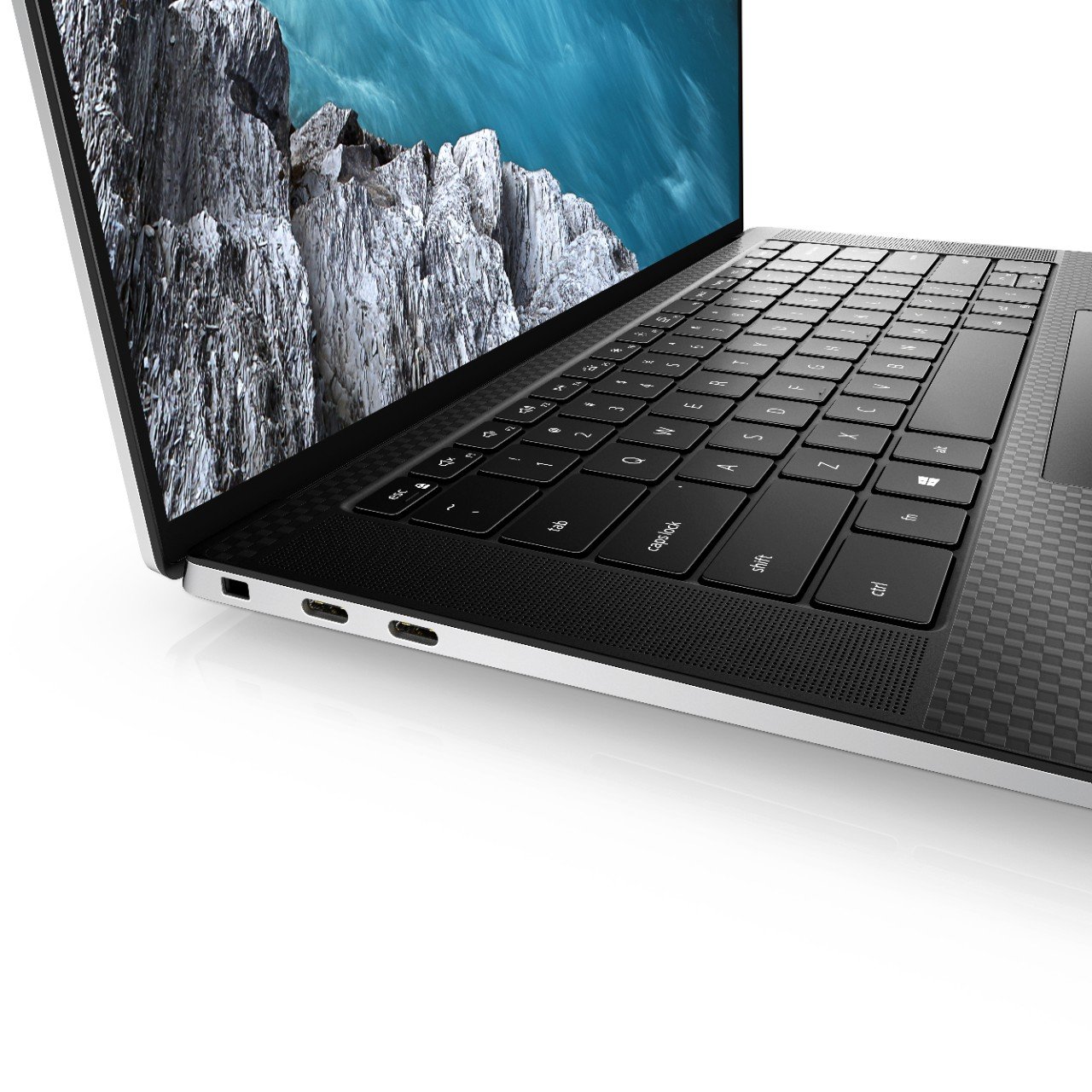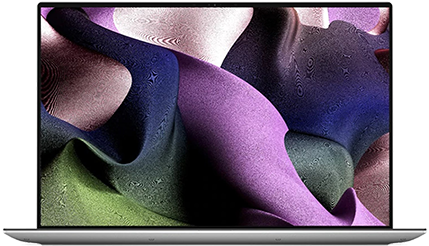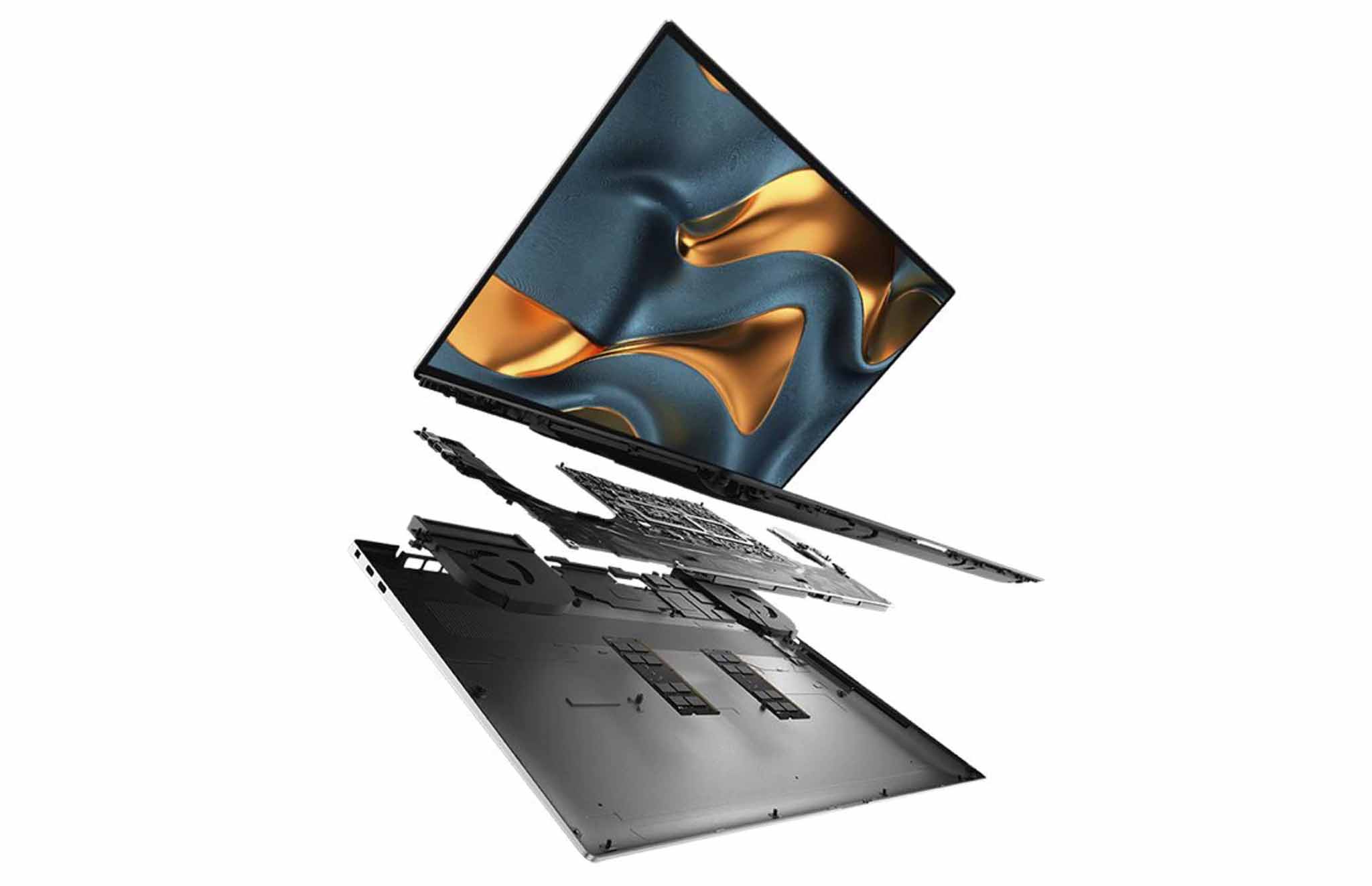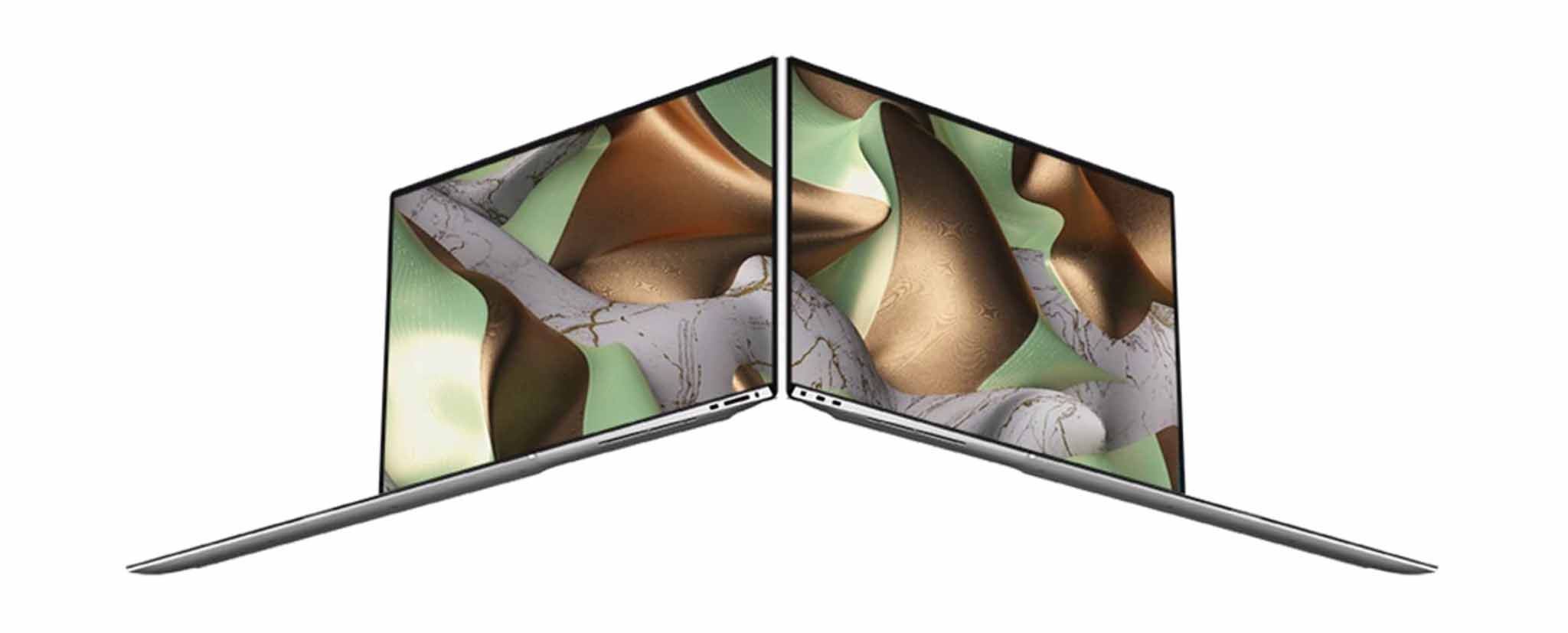
Is the Dell XPS 15 9500 good for video editing?
XPS 15 has the right hardware to tackle video editing
Video editing is CPU intensive, and the XPS 15 9500 is up to the task. It has up to a 10th Gen Intel Core i7-10875H CPU with eight cores and a clock speed up to 5.1GHz, which is plenty of power. You can tone things down a bit and save some money with a more standard Intel Core i7-10750H, which still delivers six cores and a clock speed up to 5.0GHz.
10th Gen Intel H-series CPUs have the horsepower needed for video editing.
Helping out the CPU is up to 64GB of DDR4-2933MHz RAM in a dual-stick configuration, which is plenty for most video editing software. You can also configure with 8GB, 16GB, or 32GB of RAM. Note that the RAM can be upgraded at home later down the road.
The NVIDIA GTX 1650 Ti Max-Q GPU contained within most XPS 15 9500 models is suitable for video editing, but it can be considered at the lower end of what you might want from a GPU. It won't match, say, the higher-end options in the RTX NVIDIA lineup for memory, bus rate, or bandwidth, but it can certainly get the job done.
Dell doesn't offer any other dedicated GPU options — you can forego something dedicated and stick with integrated Intel UHD Graphics — but the addition of a Thunderbolt 3 port with four lanes of PCIe means you can connect an external GPU (eGPU) if you need that extra power.
Finally, storage also plays a vital role in video editing, as you'll often be dealing with large file sizes. Here, you can get up to a 2TB M.2 PCIe solid-state drive (SSD) that will perform well, but you can always save some money at the checkout by choosing lesser storage and upgrading on your own later on.
XPS 15 has the right ports for connecting devices
Moving data in and out of your PC is essential, especially when working with a videographer's tools, so having the right ports is essential. Despite its slim size, the XPS 15 holds onto a good variety, including two Thunderbolt 3, once USB-C 3.1, and 3.5mm audio jack. There's also a UHS-II SD card reader for quick data transfer between devices. A USB-C to USB-A adapter comes included.
That Thunderbolt 3 port can be used with an eGPU for extra power, but it can also handily hook up to a Thunderbolt 3 docking station for increased connectivity.
All the latest news, reviews, and guides for Windows and Xbox diehards.
XPS 15 has an optional 4K display
Internal hardware is essential when choosing a laptop for video editing, but so is the display. Color reproduction, resolution, and size are all critical factors to take into account. The XPS 15 9500's IGZO display has been upped to a boxier 16:10 aspect ratio for more screen real estate, and it comes in 1920x1200 (FHD+) or 3840x2400 (UHD+) resolutions.
If you're editing 4K video, the high-res touch choice sells itself. It hits 100% AdobeRGB and 94% DCI-P3 color reproduction and manages up to 500 nits brightness. It also offers DisplayHDR 400 and a 1650:1 contrast ratio. If you want to save some money and extend battery life, the non-touch FHD option likewise has excellent color reproduction and 500 nits brightness.
As for size, the XPS 15's display is 15.6 inches. You'll likely need an external monitor ready for when you seriously need to get down to business, but on the go, this is not the wrong size at all for editing.

A powerful 15.6-inch laptop with 4K display
The updated XPS 15 9500 has the power needed for video editing thanks to 10th Gen Intel Core CPU options, GTX 1650 Ti Max-Q GPU, up to 64GB RAM, and up to a 2TB M.2 PCIe SSD. The 15.6-inch display, available with up to UHD+ resolution, will not disappoint thanks to superb color reproduction and brightness.

Cale Hunt brings to Windows Central more than nine years of experience writing about laptops, PCs, accessories, games, and beyond. If it runs Windows or in some way complements the hardware, there’s a good chance he knows about it, has written about it, or is already busy testing it.


